Support your posture, tighten your tummy, and strengthen your pelvic floor with these deep core activation exercises and workouts.
We all hear how deep core strength is so important. It seems like women are obsessed with core. But do they really even know what it means when they talk about it? I feel like I am watching The Office when I hear people reference core strength. You know that scene when Michael Scott is talking about his twelve-hundred dollar core machine but the longer he tries to “sell it” the more you realize he has no clue what core really means?
I feel like I said core a lot… Anyways, you may feel similar. You know it involves your abdominals, but you don’t quite know the difference?

What does deep core mean?
The core is made up of the trunk of your body. This includes chest muscles, abdominal muscles, and even back muscles like latissimus dorsi, trapezius, erector spinae.
The deep core refers to the most deep-set core muscle groups. Making the tranverse abdominis, diaphragm, multifidus, and pelvic floor part of the deep core.
All of these muscles encase the abdominal cavity.
What is the deep core function?
The deep core functions to provide support and stability for the entire body. Especially, in terms of correct posture and spinal alignment.
The deep core lays a foundation of proper movement patterns and mechanics in our everyday life as well as exercise.
What are the signs of a weak core?
Poor posture, muscular imbalances, and ongoing discomfort or pain are the biggest indicators that your core is weak.
Poor Posture
Proper spinal alignment should be comfortable. It should consist of an erect spine, an open chest, relaxed shoulders, and neutral hips that sit beneath the ribcage.
Assess your natural alignment in the mirror and check for rounding shoulders, a forward shooting chin, hips that tuck under, or a deep sway in the low back. All of these are simple visual cues that will expose misalignment.
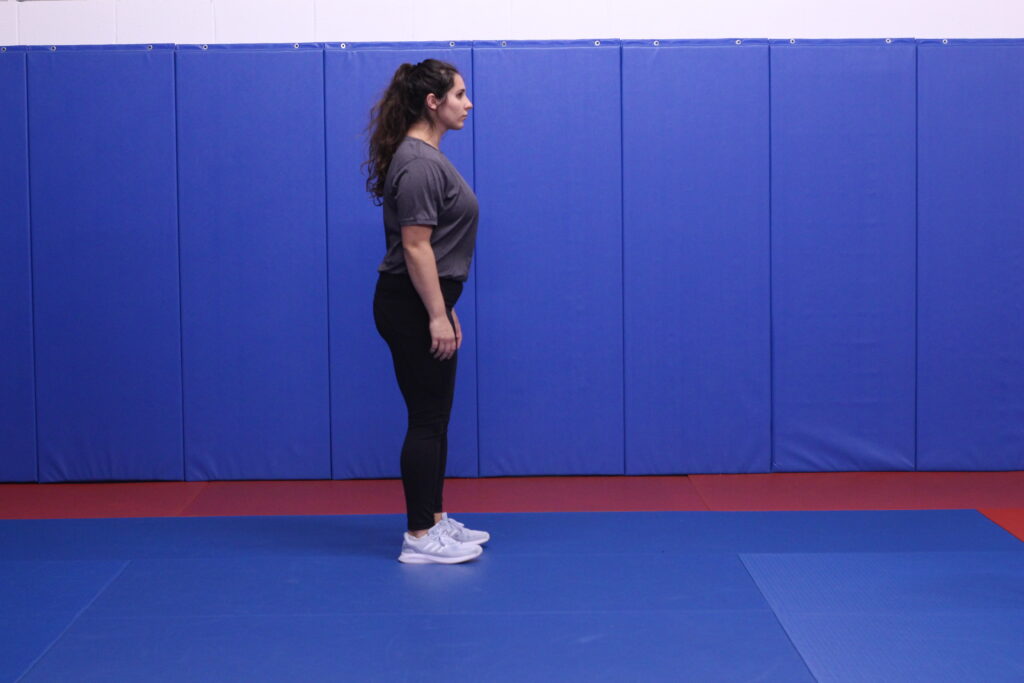
Muscular Imbalances
Some people adopt poor posture out of muscular “laziness” and lack of awareness. They don’t activate their core muscles and tend toward a relaxed stance.
However, bad posture is often a sign of muscular imbalances. Muscular imbalances “pull” the spine out of alignment in a way that takes effort and active thought into correcting.
These imbalances occur when some muscles are much stronger or weaker than their antagonists, forcing other surrounding muscles to compensate. This can lead to overworked and fatigued muscles, limited range of motion, and even ongoing pain or discomfort.
Discomfort or Pain
When the spine is misaligned we can start to see pain and discomfort creep into our back, and pelvic or shoulder girdles.
This can greatly affect your daily life and your role as a mom. It gets harder to get a good night’s sleep. Sitting or standing for long bouts becomes unbearable. Chores that require a lot of bending over becomes fatiguing. Playing with and picking up toddlers starts to hurt. Goodness, even breastfeeding, holding, and carrying our babies can become too much.
Why is core so hard to train?
Pregnancy, postpartum recovery, and caring for babies and toddlers can severely weaken your core strength. And if you have multiple children, especially close in age, you may see an even more signifcant loss of core strength and stability.
During pregnancy, the weight of our bellies can cause a major shift in our hips and shoulders if we are not aware. Our abdominals are stretched and weakened, and our posture suffers.
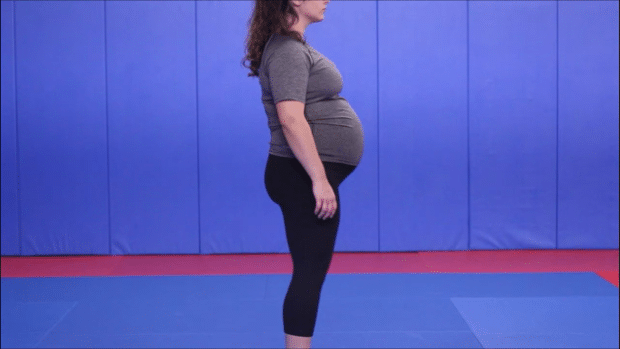
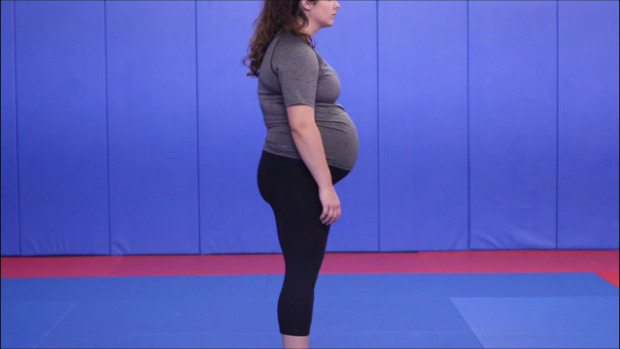
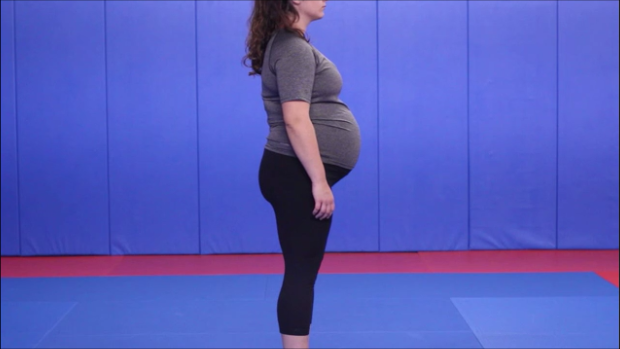
Then while we are postpartum, caring for our newborns enforces poor posture. Holding, nursing, feeding, and burping all require a lot of standing or sitting with rounded and unsupported posture.
I remember, I would tell my husband he had to burp the baby because my back was KILLING me after nursing him for 30 minutes straight…for the fifth time that day.
If you have children back to back, like I did, there’s not much time to rehab and focus on deep core activation exercises. Your body is already making the adjustments for pregnancy before you got a chance to rebuild your foundation or make corrections.
This can cause years of poor posture habits and a weakened core.
How do you work out your deep core?
The most effective deep core activation exercises are vacuums, pelvic tilts, and back extentions.

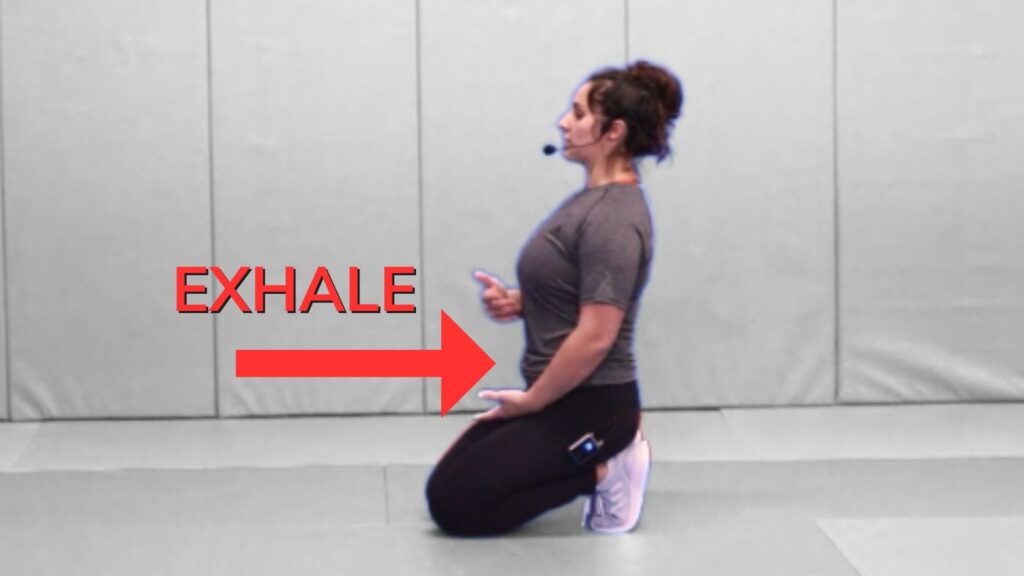
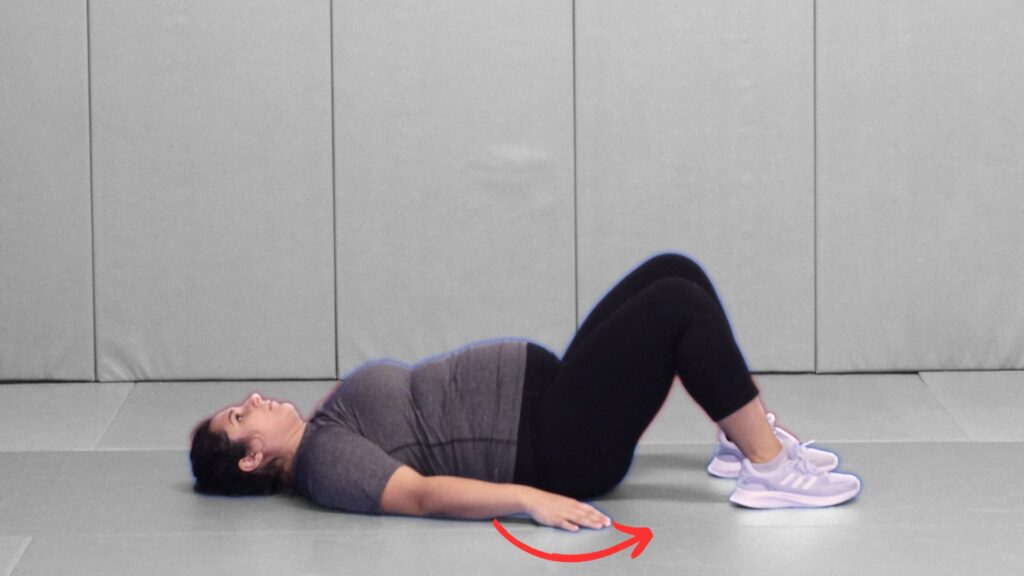
A Vacuum is done by intentionally drawing your abdominals inward as your exhale. This deep core activation exercise should be your biggest focus to provide core stability and support.
You will (and should) find yourself engaging your core in this way for most exercises. Things like overhead presses, squats, planks, all require you to draw your belly inward to support your spine and prevent your hips and/or shoulders from coming our of place during the movement.
A Pelvic Tilt is done by laying flat on your back and engaging your core as your press your lumbar to the ground. You will feel as if you are tucking your butt and shoulders up when fully engaged.
A Back Extension is performed by lifting your chest off the ground as you draw your shoulder blades back and together. It can be done on the floor or with a stability ball for a larger range of motion.
The Vacuum, Pelvic Tilt, and Back Extension are the activation of your deep core. Meaning, they will be the foundation to every other abdominal and core exercise that you do.
As well as every compound exercise you perform. Remember, your core provides stability and support to your entire body.
Deep core activation exercises & progressions
It’s important that you master these three exercises stated above before you progress to more challenging ones. You can’t build a house before you lay a foundation, right? These three exercises connect the mind-muscle link that you will need to get the right engagement out of every other core exercise.
Take a plank, for example. In a plank you will be stabilizing your core with a vacuum as well as a slight pelvic tilt with the added weight of your body. If your core is weak and you attempt holding a plank, you will often find your hips and shoulders misaligned creating lumbar strain.
The progression to the above exercises are planks, supermans, 6-inch holds, and all of their respective progressions and modifications.
I’ll leave it there as I could come up with an very long and boring list of every core focused exercise.
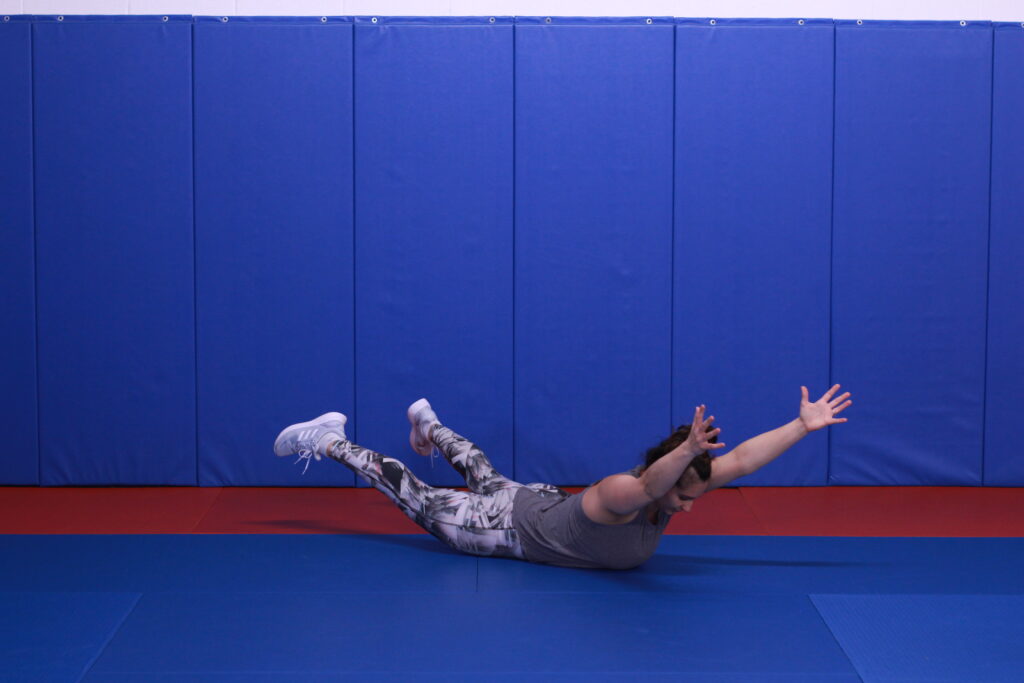
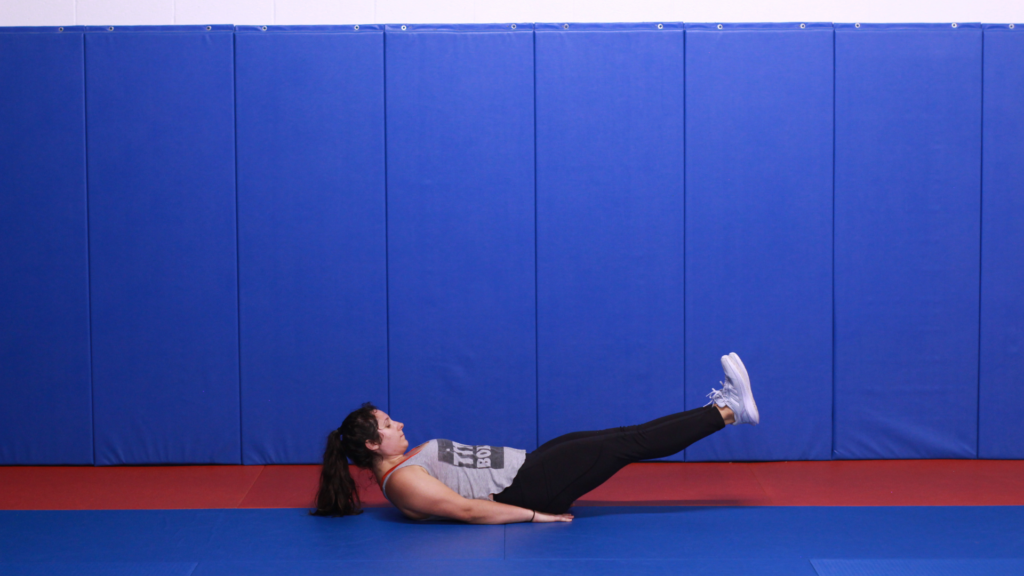

How long does it take to strengthen deep core muscles?
Just as it takes consistent effort and progressive overload to build strength in any muscle, so will it for the deep core muscles. You will start to feel noticable progress and strength improvements after 4 to 8 weeks of regular increasing effort.
Start with putting 1 or 2 of these exercises into your workouts each day for a few weeks beginning with 5-10 reps of 2-3 sets. You can do them throughout the workout (think circuit style) or on their own at the end (think straight sets). Continue on this track until you can perform around 3 sets of 10 reps of all 3 exercises without fatiguing.
Gradually build up to 2 or 3 core sessions per week as you build your motor control and stability. This could look like a 5-10 minute core workout at the end of your workout for that day.
This gradual approach uses a progressive overload method to give you regularly increasing stress in achievable intervals that encourages progression.
Then as you progress, you can add more advanced or higher intensity core exercises mixed into your regular workouts or do core sessions even more frequently through the week.
Do deep core workouts make your waist smaller?
Yes, with a caveat. When deep core workouts are done with progressive overload and at a regular frequency, the deep core muscles will increase in strength.
Therefore, regularly performed deep core workouts will increase muscle tension (tone) in the waist.
And in turn, making your waist appear smaller and abdominals appear tighter.
HOWEVER, if you are carrying excessive adipose tissue above (stored fat) and/or below (visceral fat) these muscles, you may not see much of a difference. Remember, no exercise can be used to “spot reduce” a specific part of the body.
Don’t expect to do core workouts and zap all of the fat around your waist. It just won’t happen.
If you maintain a healthy and lean body fat composition, and regularly perform deep core workouts, you can work towards a smaller waistline. But still account for your muscle mass and skeleton, you will hit a limit eventually.
Quick core workouts for moms
As busy moms, we must be efficient and effective with our workout routines. It’s important to train with a variety in your methods, intensity, volume, duration, equipment, and exercise selection.
Instead of taking time to create your own workouts, head over to my Core and Abs Playlist for a variety of core focused workouts.
Some are short and sweet and can be done in 10 minutes. Like this Abs Workout For Women or this 10-Minute Oblique Workout.
While others use weights or other equipment. Like this Kettlebell Strong Core Workout or this Functional Core Strengthening Stability Ball Workout.
I even have some that incorporate the full body for a more advanced core training session. Like this Cardio Core Detox Workout or this Kickboxing Legs & Abs Workout.



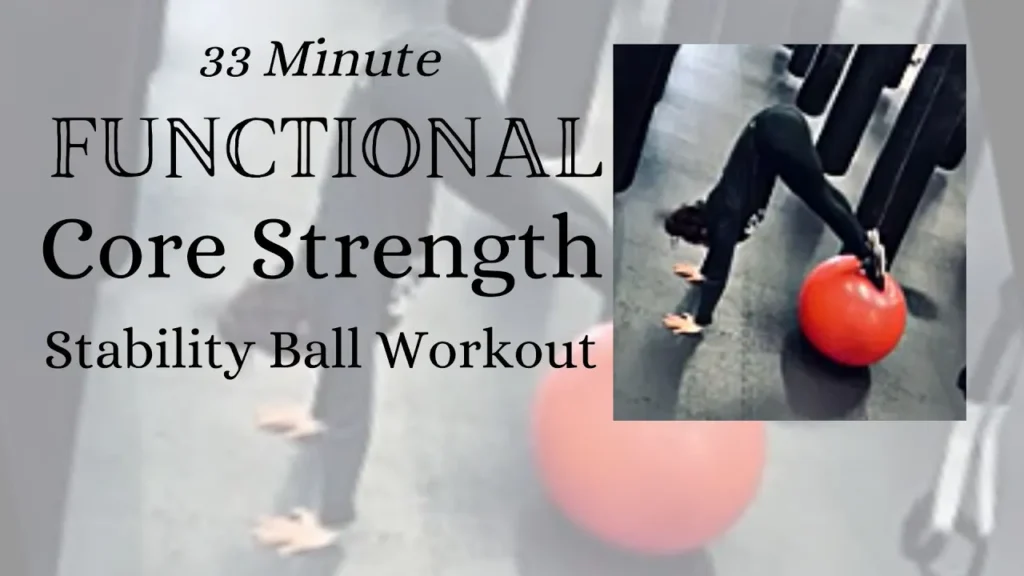


Deep Core Activation Exercises Before & After Baby
As mentioned above, motherhood takes it’s toll on our deep core. However, pregnancy and postpartum recovery require specific guidelines for core strengthening to stay safe and reduce risk of injury.
How can I activate my deep core muscles during pregnancy?
The Kegal, Vacuum, and Pelvic Tilt will be safe deep core activation exercises you can do during pregnancy. Some modification my be needed, such as, positioning or equipment incorporation, to avoid laying on your back.
These three exercises will be the most effective Pelvic Floor Exercise For Better Posture to support your pregnancy. Check out my post above for an in depth “How to” guide on pelvic floor exercise as well as a breakdown of it’s importance during pregnancy.
You can also continue your abdominal exercises during pregnancy, with the right modifications. Check out my post Best Pregnancy Ab Exercise Safe For Your Workouts.
I also have a variety of core workouts in my Prenatal Safe Playlist on youtube. This one in particular is great for all three trimesters!
During pregnancy, we can feel the effects of a weak core pretty quickly, especially in the hips and back. If you find yourself hurting, you can Soothe Pregnancy Hip Pain With These Great Exercises or try The Best Exercises To Relieve Prenatal Back Pain.
There I will show you how to identify exactly what muscle groups need stretched or strengthened based on where your aches and pains are. As well as what exercises to use.
Some of these exercises include hip flexor, glute, and hamstring stretches as well as squats, clam shells, and glute bridges that are modified specifically for pregnancy.
For more guidance, you can even jump in on my Prenatal Hip Mobility Workout, perfect for any trimester!
Stay fit during your pregnancy
9-Month Prenatal Workout Plan
How do I rebuild my core after having a baby?
Kegals, Vacuums, and Pelvic Tilts will be the most effective deep core activation exercises that are safe postpartum. ‘
These three exercises are also essential to correct Diastasis Recti. However, when we are recovering postpartum, it is essential to properly plan How Often To Focus On Ab Workouts. We want to stay safe by doing too much too quickly and causing injury.
I have a video tutorial with a complete breakdown of these exercises and how to safe progress them when you are postpartum, check it out below!
Those exercises will be key to Reduce Postpartum Back Pain, along with daily posture awareness.
It took 9 months to slowly weaken our core through pregnancy, so expect it to be a gradual process to build it up again. Incorporating the right exercises is very important, but so are your daily habits. Use these methods to INSTANTLY Fix Your “Mom Bod” For Good.
Become aware and mindful of your posture and position throughout the day. Especially, during activities you find yourself doing frequently.
Things like caring for your baby, chores, and simply standing and sitting are opportunities to make little adjustments to your posture for long lasting results.
Check out my 7 Postpartum Habits To Avoid For Better Posture After Pregnancy to help you watch out for ways poor posture can creep in. Follow these exercises and tips Improve Comfort and Boost Confidence After Baby.

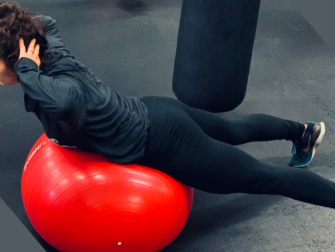

This is a great post! Super practical, informative, and encouraging! I need this after having 4 babies!
This is so helpful for me. I had my fifth baby almost a year ago (March ‘23) and I’ve been on a journey to get stronger. My core has been my biggest challenge. Thank you!
I am so happy to help! It takes hard work and dedication, but after 5 babies I know that you have it in you! Stay consistent and you will see progress 🙂